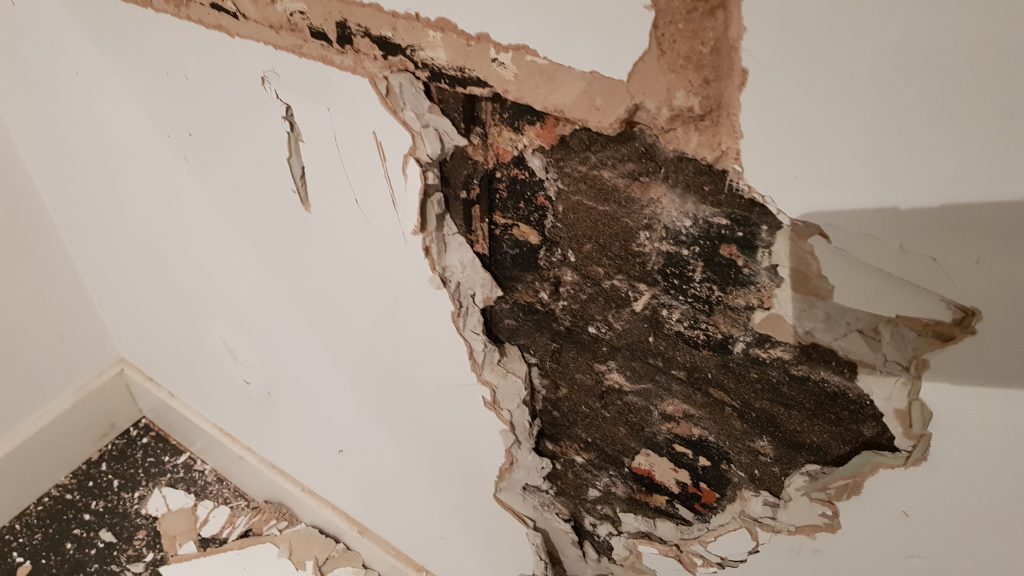News
Treating Damp – Do it cheap and do it twice
Common problems with treating damp – do it cheap do it twice
We take a lot of calls from Homeowners, Landlords, Property Managing Agents and Builders with the common problems with treating damp and returning not long after they the initial treatment.
There can often be genuine reasons for reoccurring damp problems, such as damp works being compromised by subsequent, unrelated work or structural damp has found another weak point adjacent to the treated areas or that something has changed to the property which has had an affect on what was, on most occasions, a perfectly good job of damp proofing.
However and all too frequently, one of the most commons problems with treating damp is that the structural damp has returned to a treated area because the work carried out was undertaken by an inexperienced tradesman or even an experienced builder who has misdiagnosed the damp and applied the wrong product or treatment process.
To give an example; the image with this blog shows an internal wall that was damp due to a local coastal flood incident. A builder decided the best strategy was to paint black jack bitumen paint to the wall to 1 meter high from the floor and then dot and dab plasterboard to the full ceiling height.
Since the damp was not caused by a failure of a damp proof course, it was not unreasonable to understand they did not introduce a new chemical damp proof course. No problem with that. However, it was a solid wall built off a concrete slab. The brick being old, soft stock brick, was very porous.
The affected wall was still going through a drying out process. This can easily take as much as one month per inch the thickness of the wall. Because it was a flood from sea water the wall was very wet with high levels of salt. The floor slab was also very wet.
The builders errors were as follows:
- Didn’t take moisture readings over the whole wall to establish levels of moisture content.
- Chose to apply a damp barrier paint to just a meter high.
- Dot and dabbed plasterboard to full ceiling height.
- The plasterboard was taken down to the floor slab.
Damp came back very quickly for two main reasons
Firstly, the damp slab was in contact with the plasterboard so this created a bridge and pulled damp up from the floor.
Secondly, the damp barrier paint was only taken to a meter high but the wall was saturated to near full ceiling height meaning the dabs above the paint acted like sponges and pulled the damp from the wall through the plasterboard.
It resulted in a dreadful mess which to make matters worse, was going on behind fitted wooden cupboards which in turn were becoming damp.
The use of black jack bitumen paint as a solution to structural damp is a very common place solution proposed by inexperienced builders who compound the problem by them either applying a dot and dab finish or Carlite bonding which themselves will be very vulnerable finishes.
On the flip side
An experienced Damp Proofing contractor or accredited or qualified contractor would never propose the application of black jack paint in this fashion and would never apply a material in such a fashion that a bridge could be created from the floor or over the top of where they damp proof to.
The frustration being the reinstatement works were covered by the Homeowners insurance but the subsequent failure wasn’t and the expense of taking out the cupboards and having them treated and the damp treated to a decorated finish ran into a large and unnecessary expense.
What is equally frustrating is that there are now very good tried, tested and approved impermeable membranes that provided the correct diagnosis is made, they are installed correctly and the finish in front of them is carried out correctly, the formerly affected wall will maintain a dry decorated finish for easily 30 years.
Our recommendations for treating damp correctly
We recommend to anyone affected by damp to use tradesmen who understand and work with not cheap products but tested and fit for purpose products and to use tradesmen who understand how damp can return very quickly for not doing the right work.



Chris,
That is an excellently written blog post on a very appropriate subject.
My damp treatment in a rental house is returning and whilst the plasterboard definitely doesn’t touch the floor, I question the process they took.
Thank you for taking the trouble to respond to our blog article Mark. Glad you found it useful but sorry to hear about your own damp issue returning. Happy to help advise on a solution if needed. All the best.